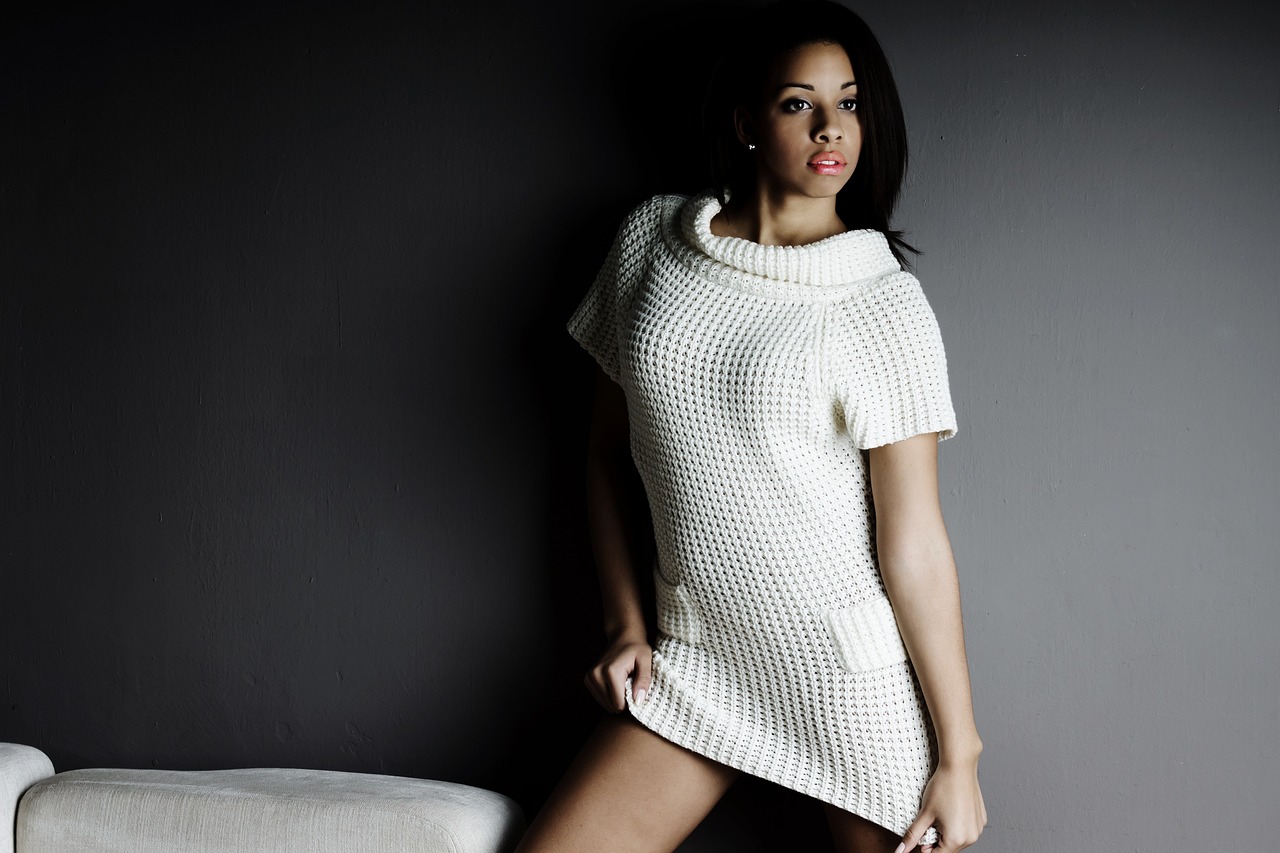
Why These Designers Are Setting New Trends
H1: Why These Designers Are Setting New Trends
The fashion industry has always been a reflection of cultural and societal shifts, with designers playing an essential role in shaping the trends that define each era. In recent years, certain designers have not only kept up with the ever-evolving world of fashion but have also introduced groundbreaking changes that are reshaping the industry. From innovative designs to a commitment to sustainability, these designers are setting new trends that are not just about clothing but are making a significant impact on the way we perceive fashion itself.
H2: Understanding the Evolution of Fashion Trends
Fashion trends have evolved dramatically over the years. In the early days, trends were often dictated by royalty or the elite, and they would slowly trickle down to the masses. However, in the modern age, the cycle of trends has accelerated with the rise of technology, global communications, and social media. Today, trends are set at a rapid pace, influenced by a variety of factors, from political climates to social movements. Designers, therefore, play a pivotal role in dictating the future of fashion, which is constantly shifting and adapting.
H3: How Designers Influence the Fashion Landscape
Designers are not simply creators of clothing; they are trendsetters, cultural commentators, and innovators. They draw inspiration from art, history, and the world around them, translating these influences into designs that speak to the current moment. Through their collections, designers can introduce new fabrics, cuts, or concepts that push the boundaries of what is considered “fashionable.” These designers have the power to set trends that go beyond the runway, influencing what we wear on the streets and how we view fashion as a whole.
H2: Spotlight on the Pioneers: Designers Leading the Way
While many designers are contributing to the fashion conversation, a select few are breaking new ground and defining what trends will look like in the years to come. Let’s take a closer look at three designers who are leading the charge in shaping the future of fashion.
H3: Designer 1 – Breaking Boundaries with Sustainability
One designer who is pushing the envelope is Stella McCartney. Known for her commitment to sustainability, McCartney has built her brand around eco-friendly practices. She was one of the first designers to incorporate cruelty-free materials into her collections, challenging the industry to consider the environmental impact of their creations. With sustainability being a growing concern for consumers, designers like McCartney are setting a trend that is likely to dominate the industry for years to come.

H3: Designer 2 – Pushing the Limits of Innovation
Virgil Abloh, the late creative force behind Off-White and artistic director of Louis Vuitton’s men’s wear, was another designer who constantly sought to redefine fashion. His work blended streetwear with high fashion, a fusion that had not been widely explored at the level he achieved. Abloh’s innovative approach to fashion, with his use of bold graphics, unusual materials, and collaborations across various industries, inspired a new wave of designers to think outside the box. His untimely passing has only solidified his legacy as a game-changer in the fashion world.
H3: Designer 3 – Redefining Luxury for the Modern Consumer
Another designer making waves in the fashion world is Alessandro Michele, the creative director of Gucci. Under Michele’s leadership, Gucci has evolved into a brand that is both nostalgic and futuristic, blending classical references with contemporary aesthetics. Michele has redefined luxury by making it more accessible and inclusive, and he’s introduced gender-fluid fashion to the mainstream. His approach has made Gucci a trailblazer in fashion, and his influence is setting a new trend in how luxury fashion is perceived.
H2: The Role of Technology in Shaping Fashion Trends
In recent years, technology has played an increasingly significant role in the fashion industry. From digital fashion shows to the use of artificial intelligence in design, technology is helping designers innovate and reach audiences in ways that were previously impossible.
H3: Virtual Fashion Shows and Digital Fashion
One of the most significant changes brought about by technology is the rise of virtual fashion shows. During the COVID-19 pandemic, many designers turned to virtual platforms to showcase their collections, allowing them to reach a global audience without the need for physical events. This shift has led to more immersive and interactive fashion experiences, with designers utilizing virtual platforms to create digital runway shows, engage with fans, and even sell pieces directly through the platforms.
H3: The Intersection of AI and Fashion Design
Artificial intelligence is also making its way into the design process. With AI-powered tools, designers can now create custom clothing, predict trends, and analyze consumer data to make more informed design decisions. These technologies are not only helping designers stay ahead of trends but also making the design process more efficient and data-driven.
H2: How Social Media Propels Trendsetting Designers
Social media has become an essential tool for designers looking to influence and engage with their audience. Platforms like Instagram, TikTok, and Twitter have become central to how fashion trends spread and how designers gain recognition.
H3: Instagram, TikTok, and the Power of Influencers
Influencers and celebrities play a significant role in setting trends. With the help of social media, these figures can share the latest collections with millions of followers within seconds. The viral nature of platforms like TikTok and Instagram means that what’s trending can spread like wildfire, and designers who leverage these platforms effectively are often the ones setting the new trends.
H2: Why Sustainability is the Future of Fashion
In recent years, sustainability has emerged as one of the most important trends in fashion. As consumers become more conscious of the environmental impact of their purchases, designers are responding by incorporating sustainable practices into their work.
H3: Eco-Friendly Materials and Ethical Fashion
Designers like Patagonia and Reformation are leading the charge in promoting sustainable fashion. They use eco-friendly materials such as organic cotton, recycled polyester, and even hemp, aiming to reduce the carbon footprint of their production processes. These brands are showing that fashion doesn’t have to come at the expense of the planet, and their success is inspiring other designers to follow suit.
H2: How Global Cultures Shape Fashion Trends
Fashion is deeply influenced by cultural movements, and designers who draw from global traditions and histories are setting the stage for new trends.
H3: Designers Incorporating Cultural Narratives
Designers like Diane von Fürstenberg and Anna Sui have long incorporated cultural influences into their collections, celebrating diversity and creating pieces that resonate with a global audience. The trend toward inclusivity and multiculturalism in fashion is one that is gaining momentum and will continue to shape the trends of the future.
H2: What’s Next? The Future of Trendsetting in Fashion
As the fashion industry continues to evolve, there’s no telling exactly where these trends will take us. However, one thing is certain: the future of fashion will be increasingly defined by sustainability, innovation, and inclusivity. Designers who are able to blend these elements will be the ones who define the next generation of fashion.
H2: Wrapping Up: How These Designers Are Changing the Game
These designers are leading the charge in shaping a new era of fashion, one where creativity, sustainability, and inclusivity are at the forefront. By embracing new technologies, pushing boundaries, and staying true to their values, they are setting trends that will influence the fashion industry for years to come.
H3: Frequently Asked Questions
Q1: Who are the most influential designers setting trends today?
Some of the most influential designers today include Stella McCartney, Virgil Abloh (posthumously), and Alessandro Michele.
Q2: How does technology affect fashion design?
Technology is revolutionizing fashion through virtual shows, AI-assisted design, and digital fashion, allowing designers to innovate and reach wider audiences.
Q3: Why is sustainability so important in fashion?
Sustainability addresses the environmental and ethical issues in fashion, and more designers are incorporating eco-friendly practices due to consumer demand for greener options.
Q4: How does social media influence fashion trends?
Social media platforms like Instagram and TikTok allow designers to directly engage with a global audience, making it a powerful tool for spreading trends.
Q5: What is the future of fashion design?
The future of fashion will likely be characterized by more sustainable practices, the continued use of technology, and a greater focus on inclusivity and cultural diversity.




